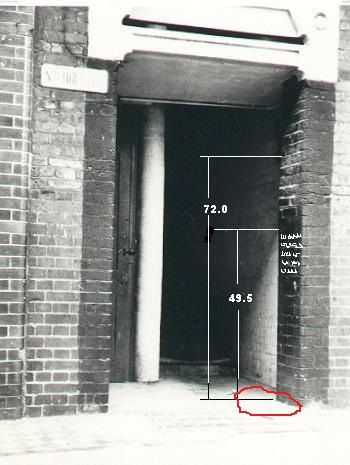Originally posted by Fisherman
View Post
 )
)
 )
)

 )
)

 )
)



Comment